31-01-2019 | di COOPI
Bolivia: memory and future of the indigenous people Uru-Chipaya
The "Chipaya: memories of water and wind. Towards new forms of community resilience" project, funded by AICS (the Italian Agency for Development Cooperation), and implemented by a consortium of NGOs, including COOPI, GVC (Civil Volunteer Group), ASPEm (Association of Solidarity Emerging Countries) and Cebem (Centro Boliviano de Estudios Multidisciplinarios) takes place in Chipaya, Oruro region, Bolivia and is now entering its second year of activity.
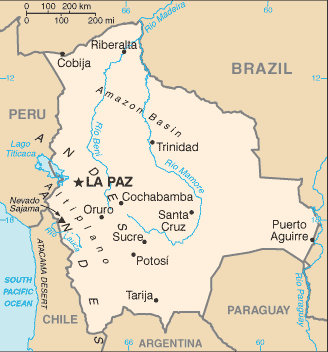
Oruro region, Bolivia
Chipaya is exclusively inhabited by the descendants of the native Uru-Chipaya people and is one of the 11 municipalities in Bolivia that have officially adopted a form of government based on their customs and traditions, developing in an autonomous indigenous municipality, where the decision-making processes and the economic-social organization comply with self-determination principles. The territory is organized into 4 groups based on family clans (Ayllu), led by indigenous authorities (Hilacata), who are in charge of organizing community activities, primarily agricultural ones, like distributing the land among families, accordingly, each year.
Our project tackles the main Chipaya community issues, by embracing a multisectoral approach, which includes:
- land and and common goods management, like environment and public infrastructures;
- governance of public services;
- enhancement of cultural heritage and local economic development, by boosting complementary initiatives related to community tourism.
To better understand the complexity of this multifaceted project, please take a look at the following stories collected in Chipaya, between December 2018 and January 2019.
David Chino Copa, professor of art education in Ayparavi (Chipaya), is about 40 years old; he has dark eyes and thick eyebrows. Like all Chipayas, he often wears traditional clothes - the white of the hat and the light colours of the poncho take over and contrast with the black of his hair. You can tell, from afar, that his long pauses between one answer and the other, reflect the reality of Chipaya, where each movement marks, so distinctly, the passing of time. David Chino uses simple words, but he speaks clearly and honestly. With regard to the artistic activities of video and photography, he recalls, in a chronological way, everything he experienced with his students: "Los estudiantes se han quedado impresionados, the students were amazed. For the first time", he says, " the students took videos and photos with recycled material and digital equipment that everyone could afford. Middle and high school students are now familiar with basic elements of image taking and stop-motion and, thanks to the work of technicians experienced in audio and video, they have built a darkroom in the educational unit of Puente Topater (Ayparavi). Video, on the other hand, proved to be an educational tool to enhance our culture. Now, students can display our traditional customs and, by recording them, our memories will live forever. Yes, things have changed for the better. Our most curious students were thrilled when they saw their own portraits and now they can actually make a difference between high and poor quality pictures - mobile phone images can be easily erased, but now they are able to take photographs that will last forever. And they will remain for the community.” The project allowed the students to start a process of "self-identification" and "creation of memory", both alive and digital.
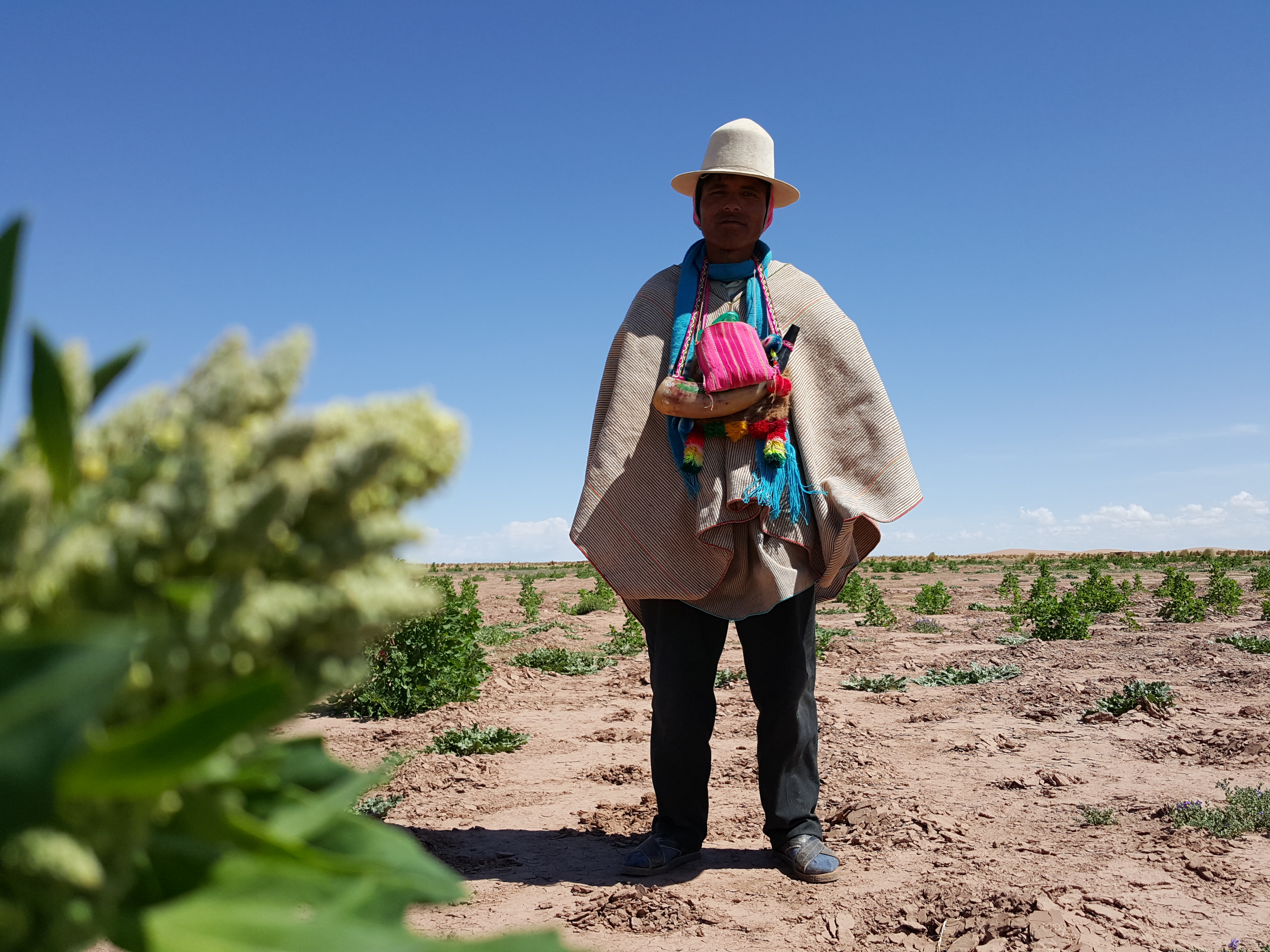
David Chino Copa, professor of art education in Ayparavi (Chipaya)
Another beneficiary of the project is Flora Mamani Felipe, president of the Committee for the Promotion of Community Tourism. Here is her contribution: "The project will help us for more than a year and this period will allow us to consolidate our initiative. Now, the people of Chipaya understand the importance of tourism and which steps are necessary to develop community tourism. Many people of my age migrate because there is no work in Chipaya. I am currently the director of the transport company TransUru Chipaya and during my trips, I have met some tourists who were visiting Chipaya. From them, I learned many things, for example how to better welcome our guests. The training courses organised by the project helped me a lot to improve this welcoming aspect.”
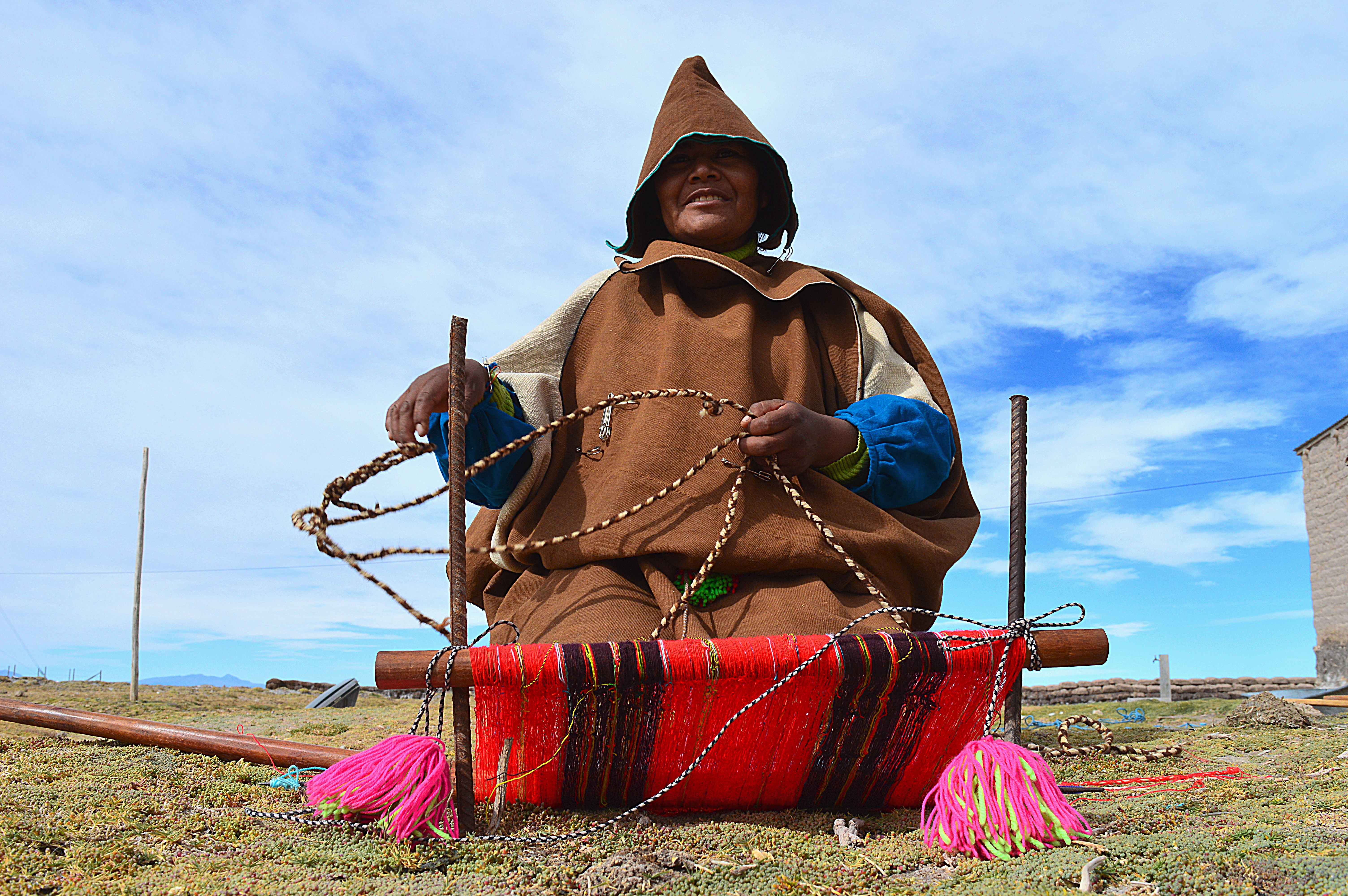
Flora Mamani Felipe, president of the Committee for the Promotion of Community Tourism
Another crucial aspect of our project is our support to agricultural activities and our best practice training concerning the use of water resources. Among the Chipaya beneficiary involved, let’s hear Florencio Paredes, Hilacata of Ayllu Manazaya: "Our territory is totally saline, dry and sandy, hit by the wind during most of the year. Our animals have to walk several miles to get to the nearest water source. Forage is also seasonal and ends in May. With the support of the NGO’s consortium, high pressure water pumps have been purchased to irrigate the forage sown near the river and to irrigate our crops. Thanks to this project, we hope to overcome periods of drought and prevent the animals from dying.”
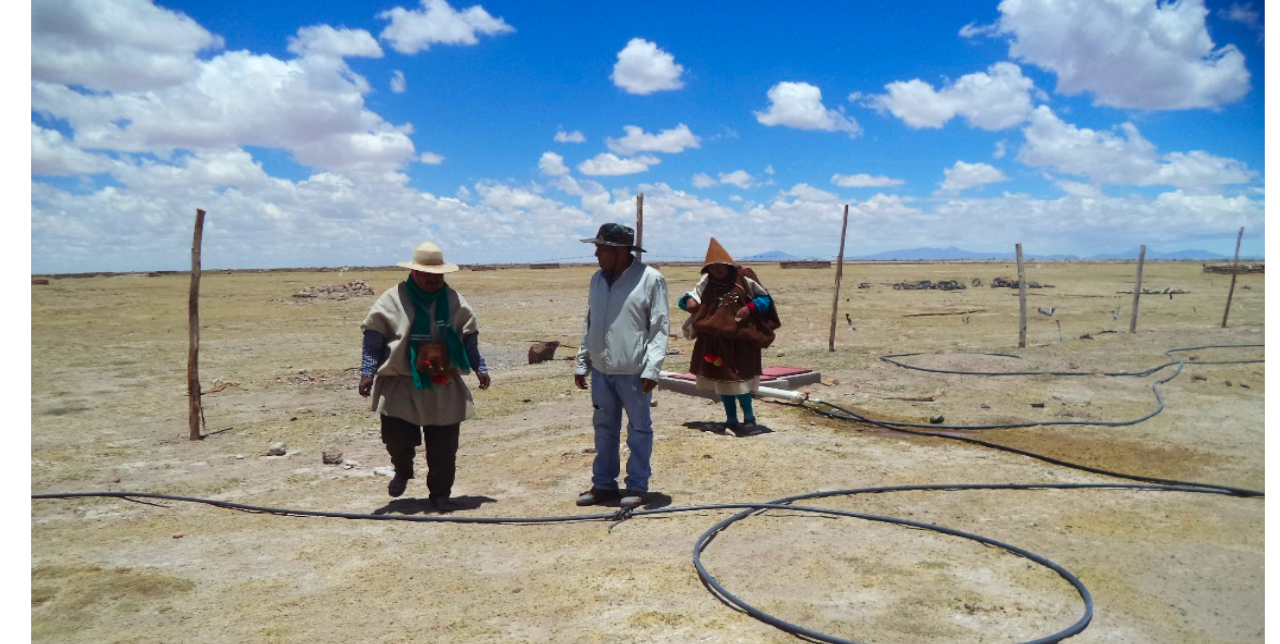
Daily irrigation activities of the Chipaya community
The project will soon enter its third and final year of implementation. Our main target are now to boost the skills acquired and contribute to improve the self-sufficiency of the authorities and the people of Chipaya, before the end of the project.
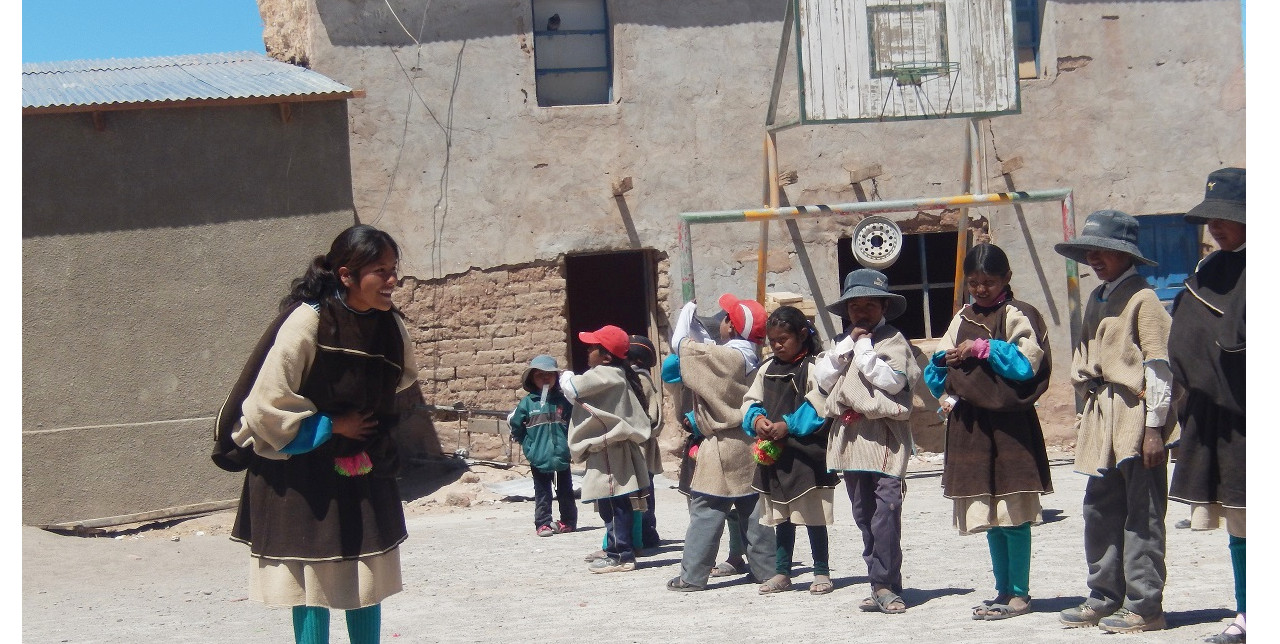



 Bolivia
Bolivia